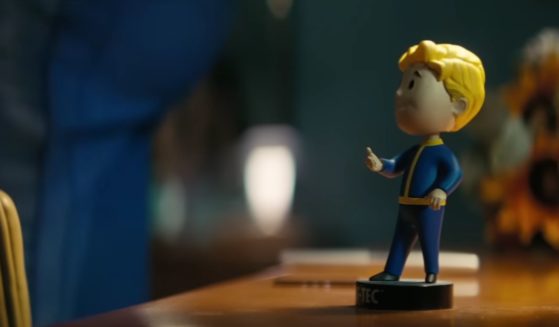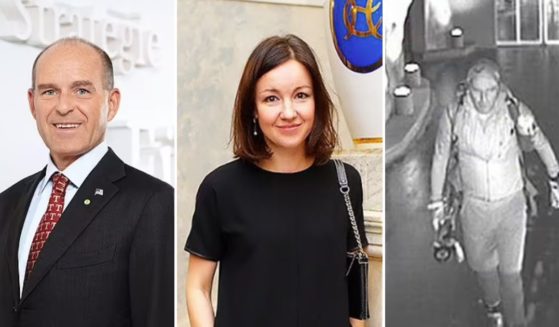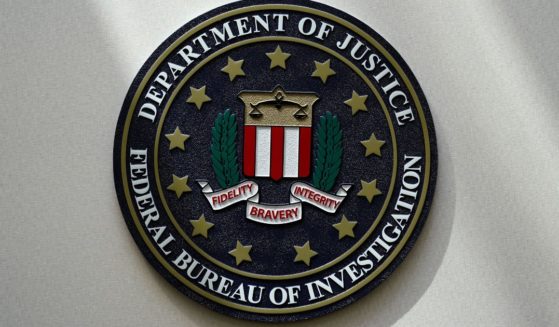Medical examiner: Chokehold triggered Eric Garner's death
NEW YORK (AP) — The medical examiner who performed an autopsy on Eric Garner testified Wednesday that a police officer’s chokehold set into motion “a lethal sequence of events,” but she said even a bear hug could’ve hastened his death given Garner’s fragile health.
Hemorrhaging in Garner’s neck muscles was indicative a chokehold was used during the July 2014 confrontation, Dr. Floriana Persechino said at a disciplinary trial that could lead to Officer Daniel Pantaleo’s firing.
The New York Police Department banned chokeholds in the 1990s because they can be deadly.
Persechino said a bystander’s cellphone video only helped confirm her findings that Pantaleo had wrapped his arm around Garner’s neck, obstructing his breathing and triggering a deadly asthma attack.
Garner’s pleas of “I can’t breathe” became a rallying cry against police brutality.
“The chokehold would have compromised the neck and would have compromised the airway, making it difficult for him to breathe,” Persechino said.
Pantaleo’s lawyer, Stuart London, focused on Garner’s health as he cross-examined Persechino. She said a person in good health might have survived the confrontation.
Garner weighed 395 pounds at the time of death, Persechino said. The 43-year-old suffered from asthma, diabetes and had a heart nearly double the size of a person in good health.
Nonetheless, she said, he didn’t appear in distress when seen on security video crossing a street about an hour before Pantaleo grabbed him.
London pointed to a report from the NYPD’s top doctor that concluded Garner was “predisposed to morbidity and mortality” and that his death was “brought on by a heated argument followed by a physical struggle.”
The NYPD doctor, Eli Kleinman, did not personally examine Garner’s body, relying instead on the autopsy and video of the confrontation, London said. Kleinman will testify later in the trial that he concluded Pantaleo did not use a chokehold to restrain Garner, London said.
London argued Garner could’ve saved himself had he acquiesced to being arrested after officers said they suspected him of selling untaxed loose cigarettes on a Staten Island street corner. Before Pantaleo grabbed him, Garner is seen on video arguing with the officers, protesting what he considered constant harassment.
But the central question in Pantaleo’s trial is whether he used a banned chokehold, not whether Garner was physically capable of withstanding one. In an era where fat shaming and victim blaming are verboten, Garner’s mother thought the focus on his health was a low blow.
“Here I am again being tortured by Stu London’s shenanigans,” Gwen Carr said afterward.
Carr left the hearing room before about two-dozen graphic autopsy photos were shown, heeded a warning from the administrative judge overseeing the trial.
The photos, never previously been seen in a public forum, showed scrapes on Garner’s knee, back and buttock and hemorrhages in his eyes and neck muscles.
The NYPD’s disciplinary process plays out like a trial in front of an administrative judge.
Normally the purpose is to determine whether an officer violated department rules, but that’s only if disciplinary charges are filed within 18 months of an incident.
Because Pantaleo’s case languished, the watchdog Civilian Complaint Review Board must show that his actions rose to the level of criminal conduct, even though he faces no criminal charges and is being tried in a department tribunal, not a criminal court.
The final decision on any punishment lies with the police commissioner. Penalties range from the loss of vacation days to firing.
Pantaleo, 33, denies wrongdoing. He has been on desk duty since Garner’s death.
___
Follow Michael Sisak at twitter.com/mikesisak
___
Send news tips, documents and recordings to AP securely and confidentially: https://www.ap.org/tips
The Western Journal has not reviewed this Associated Press story prior to publication. Therefore, it may contain editorial bias or may in some other way not meet our normal editorial standards. It is provided to our readers as a service from The Western Journal.
Truth and Accuracy
We are committed to truth and accuracy in all of our journalism. Read our editorial standards.












